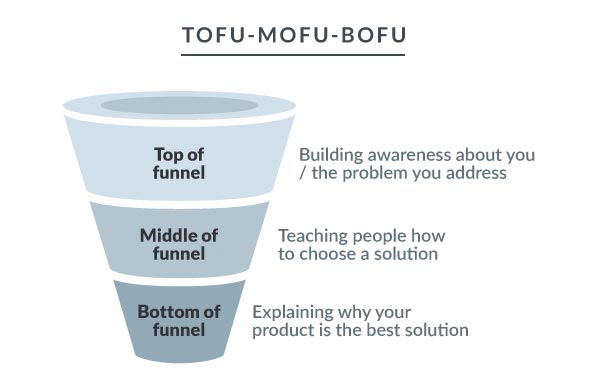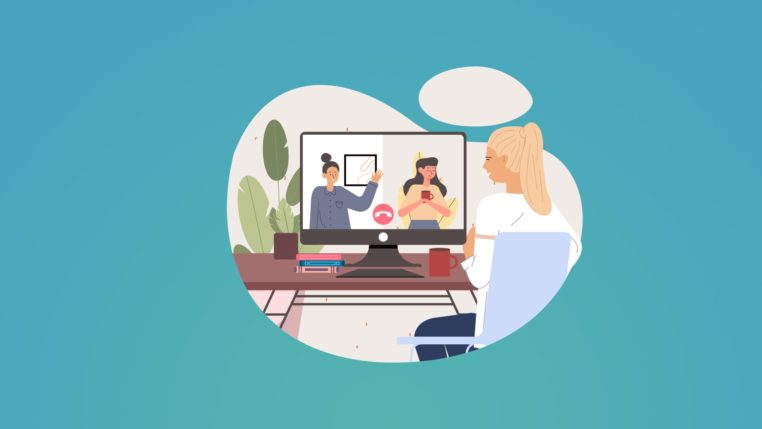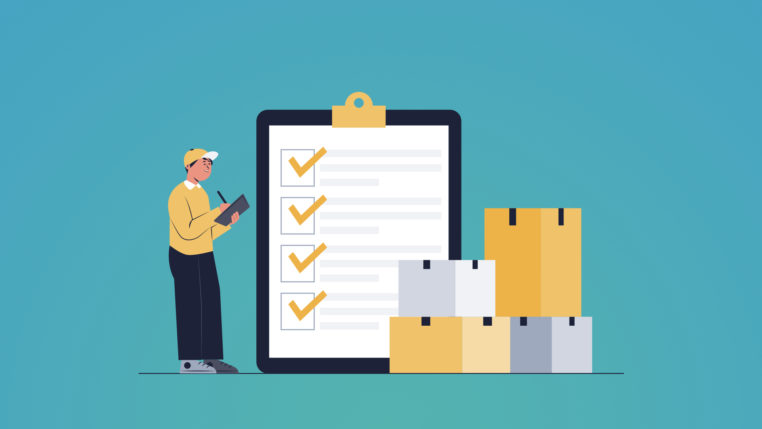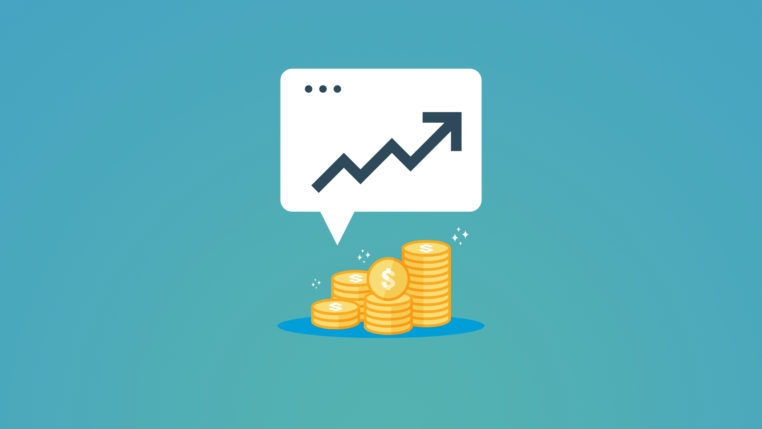How to construct your Virtual Event Portfolio for 2022 + examples

Table of Contents
It’s no surprise that virtual events continue to play a huge role in generating new business for companies across the globe in 2021.
Even if the pandemic is history, many companies such as Shopify and Twitter announced that working from home is the new standard. This will inevitably lead to a higher demand for virtual events.
There are a couple of ways to go about incorporating virtual events in your go-to-market strategy.
- Create virtual events concept whenever a new idea pops into your head;
- Develop a virtual event portfolio that will guide 90% of your virtual events.
Naturally, the latter option is more desirable for numerous reasons:
- It prevents field marketing teams from reinventing the wheel over and over.
- It greatly improves scalability, meaning you can host more events and more effectively.
- You can create templates for landing pages on your website or virtual event platform.
- It allows you to create brandable experiences that your audience and the market will recognize.
Undoubtedly, by now you have got a lot of hands-on experience when it comes to virtual events, but if you’re looking for some inspiration, then have a browse through Markletic. We’ve posted loads of tips, ideas, and templates such as:
- A virtual event in a box
- Virtual Event Budget Template
- 10 Expert Virtual Event Learnings from 50+ events
- Your Concise Guide to Virtual Event Planning
How to create a virtual event portfolio?
It’s no surprise that every organization requires a unique virtual event portfolio. This is because the buyer’s journey is never the same at different companies.
Further down in this article, I will give you some examples of virtual events that you can add to your portfolio for the three basic stages of a marketing funnel namely:
- Top of the funnel;
- Middle of the funnel;
- Bottom of the funnel.

You can add the examples mentioned later to your event portfolio but first a few words of caution.
Just because you can do a lot, doesn’t necessarily mean that you need to do a lot.
I’m a huge believer in focus. I know it’s company jargon and probably the most used word in B2B companies. However, I do believe that less is more when it comes to virtual event portfolios.
In any case, your event portfolio should at least cover a few key areas in marketing namely:
- Reputation development;
- Demand creation;
- Engagement, meaning acceleration conversions.
How many events should be in my virtual event portfolio?
The ideal number of virtual events in your portfolio is between 4-7 events. Ideally, you have one virtual event type for each stage of the buyer’s journey. Additionally, you’ll want to add overarching event types such as user conferences that include your prospects, customers, and partners.
It’s better to have 5 event types in your portfolio rather than having 20.
Having fewer events in your portfolio gives you numerous benefits including:
- It allows you to create brandable experiences for your audience. In other words, your audience will learn the different virtual event types that you offer and it will be easy to recommend those to others.
- It’s more scalable to have fewer event types as you can create standardization.
- It allows you to do a few things well rather than a lot of things not so great.
Here is my recommendation when selecting event types for your virtual event portfolio.
- Reputation virtual events: these are events that drive lead volume;
- Demand virtual events: These are your external trade shows in which you participate to generate warm leads for your sales organization.
- Engagement virtual events: These are virtual events that accelerate sales cycles. Typically it’s good to have 2 engagement virtual events in your virtual event portfolio. At any B2B company, you are dealing with multiple personas at your prospects. At the very least, you will have decision-makers and influencers. Add an event type for each persona to your virtual event portfolio.
- Partner events: these are events that enable your partner network to deliver more value to them and your company.
- User conferences: these are your largest virtual events and the audience includes all your stakeholders such as prospects, customers, and partners.
What are Top of Funnel Virtual Events?
Top of the funnel events are designed to build a reputation in your target audience. These are virtual events that are targeting people who aren’t very familiar with your company yet.
The audience size of this virtual event type is generally a bit larger than the middle and bottom of the funnel events.
My recommendation is to always invite a customer to these events. You need to remember that top of the funnel events are targeting new leads. Customers are a great tool to build a reputation faster at your newly generated leads. It’s especially relevant when you’re inviting a customer that works in the same industry such as finance.
Examples of top of the funnel virtual events are:
- Showcase events where you demo your products and have a customer tell a success story to a broad audience.
- External trade shows with speaker sessions
- Webinars (if you consider them virtual events)
What are Middle of Funnel Virtual Events?
Middle of the funnel virtual events are designed to convert existing leads into marketing qualified leads or sales opportunities. In addition, external virtual events focused on the middle of the funnel generate warm leads for sales.
Your virtual event portfolio must include the middle of the funnel events. These types of events ensure a great level of engagement with your target audience.
If you’re selling software, then a great example of a middle of the funnel virtual event are hands-on demos with your software.
As mentioned, in B2B purchasing decisions, there are decision-makers and influencers. It’s important to have events in your portfolio that target both these personas. Executing this properly will result in the famous top-down, bottom-up selling approach.
These middle of the funnel events often target influencers. Your sales team is in contact with the decision-makers and together you come up with a plan to influence the rest of the buying team at your prospects.
Additionally, external virtual events with one-to-one meetings are great middle of the funnel events. When partaking in a one-to-one meeting, the leads that enter your funnel are a bit warmer because your sales team had a conversation with them.
Examples of the middle of the funnel virtual events are:
- Virtual round tables
- Interactive hands-on events where people get a chance to test your product. Great for software companies.
- External trade shows which include 1:1 meetings in the sponsorship package.
What are Bottom of Funnel Virtual Events?
The bottom of the funnel events lay with the local field marketing teams and an integral part of your virtual event portfolio. These events have the goal to convert senior decision-makers into opportunities.
Besides, the bottom of the funnel virtual events are pivotal when it comes to sales cycle acceleration.
The typical B2B sales cycle takes at least 9 months if not longer. The more strategic the deal, the longer the sales cycle will take.
In the bottom of the funnel virtual events, you essentially bring together customers and prospects at C-level or one level down.
You will be collaborating closely with the local sales teams to come up with relevant themes for the events. These types of virtual events are usually virtual roundtables discussions that are highly interactive and you will need an excellent moderator. Have a look here to learn how to set up virtual round tables properly.
Examples of the bottom of the funnel virtual events are:
- Virtual round tables that you host
- Dedicated hands-on virtual events for specific companies where they get to test your product.
- Meet the customer virtual events where your prospects and customers come together.
- External trade shows where the event organizer schedules follow-up meetings with your prospects.
Full-Funnel Virtual Events
Lastly, a quick word on full-funnel virtual events which are crucial for your virtual event portfolio.
You need to have virtual events that include all of your major stakeholders such as:
- Prospects
- Customers
- Partners
Typically, this would be a user conference. An example of a user conference is Dreamforce by Salesforce. During user conferences, you focus on reputation, demand, and engagement. It acts both as new lead generation but also sales cycle acceleration.
This is generally an annual event and it often takes place as hybrid events. This means that you can both attend in-person and virtually.
A fun part of in-person events is the gift bags that you can give to your audience. Well, events being virtual doesn’t mean you can’t send gift bags to your audience. Here is a nice guide on how to incorporate gift bags in virtual events.
Share this article



